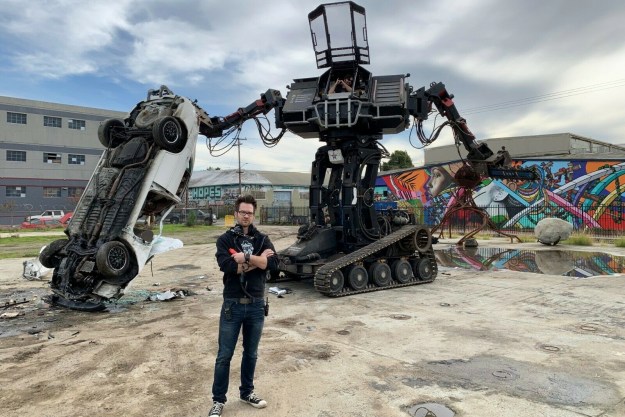
In one of the rare instances of good press for the VA, the new policy has been applauded by lawmakers and industry experts alike as a huge step forward for the brave men and women of the U.S. military.
“In an era where the department is much too fixated on defending its lack of accountability for misbehaving employees and providing services that are far outside the scope of its original mission,” wrote representative Jeff Miller, chairman of the House Committee on Veterans’ Affairs, in an email to the AP, “it’s refreshing to see the VA focusing on something that strikes at the core of what it was set up to do,”
The robotic legs will come from ReWalk, which manufactures “wearable robotic exoskeletons” for those with mobility issues. “The policy outlines a sound process to educate, train and, importantly, to provide individual veterans with a ReWalk personal device so that they may walk at home and in the community,” ReWalk CEO Larry Jasinski said in a press release. “We expect this landmark national policy will substantially improve the health and quality of life of many veterans in the years ahead.”
Unfortunately, the ReWalk robotic legs won’t work for everyone. As per an NPR report, these particular devices “only work for certain paraplegics who meet height and weight requirements.” Thus far, the company has found 45 paralyzed veterans whose height and weight qualify them for the ReWalk legs, but there are still many others who may not be able to reap the benefits of the VA’s generosity.
Still, it’s progress, and while it may be slow and small, it’s admittedly far better than before.
Editors' Recommendations
- Tesla’s Optimus humanoid robot can now dance like Elon Musk
- They strapped a paintball gun onto a Spot robot. Now the internet has the reins
- Spot the robot dog is now available for general sale — but it ain’t cheap
- Watch this disembodied set of robotic ostrich legs juggle a ball on its ‘head’
- You can now feed Sony’s Aibo robot dog with virtual food


